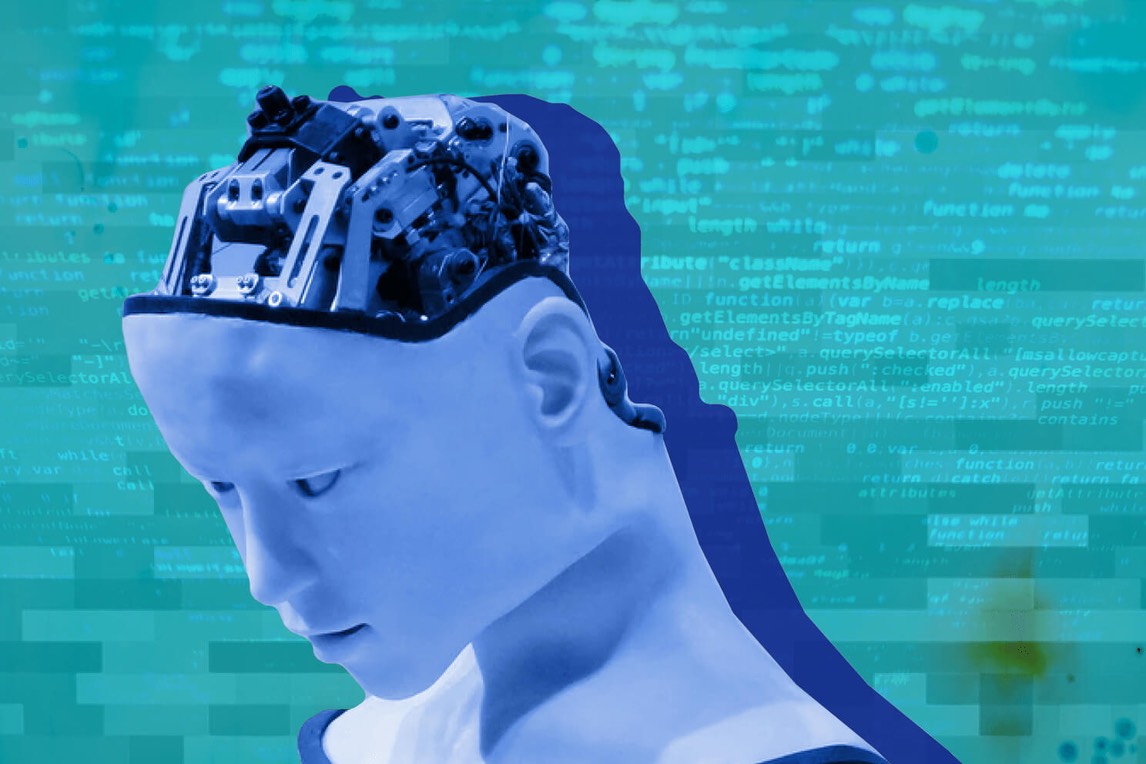
Future of AI
Discover the positive and negative impacts of AI on the human workforce and the steps you can take to prepare for its future implementation, all while ensuring ethical considerations are taken into account. Learn how to navigate the changing world of work and ensure job security in the age of automation and machine learning.
The rise of artificial intelligence (AI) is revolutionizing the way we work. AI has the potential to increase efficiency, reduce costs, and enhance productivity across a range of industries. However, the adoption of AI also raises concerns about its impact on the human workforce, including job displacement and skills gaps. In this article, we’ll explore the positive and negative effects of AI on the workforce and provide some insights into how to prepare for the future of work with AI.
Definition of AI
AI refers to the development of computer systems that can perform tasks that would typically require human intelligence, such as visual perception, speech recognition, decision-making, and language translation. AI technologies include machine learning, natural language processing, and robotics.
Positive impacts of AI on the human Workforce
While AI may displace some jobs, it also has the potential to create new opportunities and enhance job quality in the following ways:
· Increased efficiency and productivity: AI can automate repetitive and time-consuming tasks, freeing up time for workers to focus on more complex and creative tasks.
· Improved safety: AI-powered robots can be used to perform dangerous jobs, reducing the risk of workplace injuries or fatalities.
· Enhanced decision-making: AI can provide valuable insights and data analysis to inform decision-making, leading to better outcomes.
· Improved customer service: AI-powered chatbots and virtual assistants can provide 24/7 customer support, improving customer satisfaction and reducing labor costs.
Negative impacts of AI on the human workforce
· AI may also have negative impacts on the human workforce, including:
· Job displacement: AI-powered automation may replace some jobs, leading to unemployment or underemployment.
· Skills gaps: AI requires workers to have new skills, such as data analysis and programming, that may not be widely available.
· Bias and discrimination: AI algorithms can perpetuate biases and discrimination if they are trained on biased data or programmed without ethical considerations.
Future of AI in the workforce
The future of work with AI is uncertain, but AI will likely continue to transform the workforce in the following ways:
· Job displacement and creation: Some jobs will be replaced by automation, but new jobs will also be created to develop, implement, and maintain AI systems.
· Increased demand for new skills: Workers will need to acquire new skills, such as data analysis and programming, to remain competitive in the workforce.
· Industry 4.0: The fourth industrial revolution, or Industry 4.0, is characterized by the integration of AI, the internet of Things, and other emerging technologies into the workplace.
Steps to prepare for AI implementation in the workforce
To prepare for the implementation of AI in the workforce, individuals and organizations can take the following steps:
· Upskill and reskill: Workers can proactively seek out training programs to acquire new skills in data analysis, programming, and other areas related to AI. Employers can also invest in training programs for their employees to ensure they have the necessary skills to adapt to the changing workforce.
· Focus on tasks that require human skills: As AI is adopted to automate routine tasks, workers can focus on tasks that require human skills, such as creativity, problem-solving, and empathy, which cannot be replicated by machines.
· Foster a culture of innovation: Organizations can create a culture that encourages innovation and experimentation with new technologies, including AI.
· Address ethical considerations: Organizations must ensure that AI is developed and used ethically, addressing concerns such as bias, discrimination, and privacy.
In conclusion, the adoption of AI in the workforce has the potential to enhance productivity and efficiency, but it also has the potential to displace jobs and create skills gaps. Individuals and organizations need to take proactive steps to prepare for the future of work with AI, including upskilling and reskilling, focusing on tasks that require human skills, fostering a culture of innovation, and addressing ethical considerations. By doing so, we can navigate the changing world of work and ensure job security in the age of automation and machine learning.